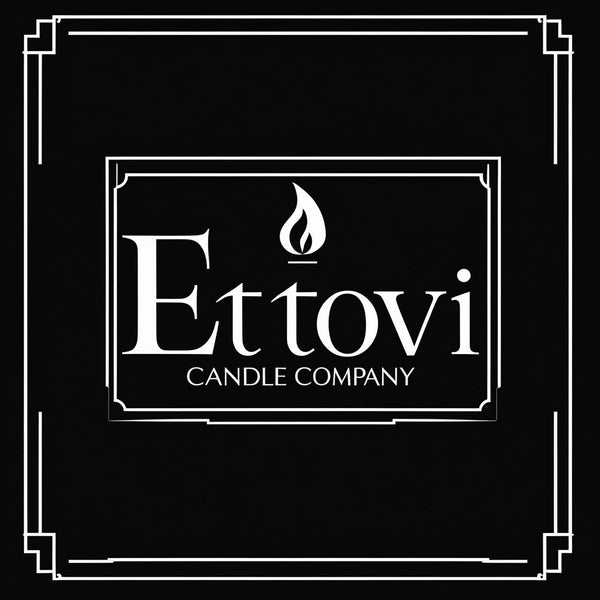Wax Types: Information
Choosing the Right Wax for Your Candles
Making an informed choice about which wax to use depends on your goals, ethical considerations, budget, and the qualities you want in your candle. Here’s a guide to help you decide based on what matters most to you:
Key Factors to Consider
Environmental Impact
If sustainability is important, soy wax, beeswax, olive wax, and mineral & vegetable wax blends are excellent choices because they’re renewable and biodegradable.
Ettovi Candle Company strives to avoid waxes that have negative environmental impacts, including palm and coconut wax, due to concerns around their production practices.
Burn Quality and Performance
Soy wax burns cooler and slower, making for longer-lasting, clean-burning candles.
Beeswax offers a long burn time and natural air-purifying benefits, with a subtle honey scent.
Olive wax is soft and biodegradable, burning cleanly with a mild natural scent, making it ideal for natural and luxury candles.
Mineral and vegetable wax blends combine the best qualities of plant-based and mineral sources to create smooth textures and balanced burn times.
Blended waxes combine the best features of different waxes to improve texture, scent throw, and burn time.
Scent Throw (Fragrance Release)
Soy wax holds fragrance well and burns at a lower temperature, providing a pleasant scent throw.
Beeswax has a natural light scent that enhances ambience without overpowering.
Olive wax’s mild scent suits candles where natural aromas are preferred.
Appearance and Aesthetics
Soy wax is creamy white and smooth.
Beeswax has a beautiful golden hue, adding natural charm.
Olive wax often has a subtle greenish tint, popular in luxury or organic candle lines.
Mineral and vegetable wax blends create a smooth, attractive finish suitable for various styles.
Our Commitment Regarding Paraffin Wax
Ettovi Candle Company does not stock traditional paraffin wax products due to environmental and ethical concerns. The only exception is our vegan paraffin tealights, which are sourced from an ethical company using renewable resources and scented exclusively with essential oils. This allows us to offer a clean, affordable option without compromising our values.
Additional Products
Our wax melts are made from vegan-based waxes for a clean, long-lasting fragrance experience.
Our simmering granules are made from natural crystal salt, sourced from a UK-based vegan supplier, and scented with plant-based essential oils.
We offer a small, curated range of burners and tealight holders to complete your candle experience.
